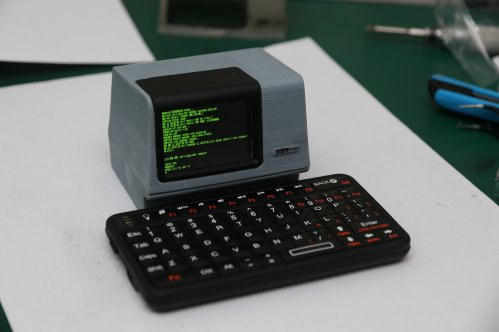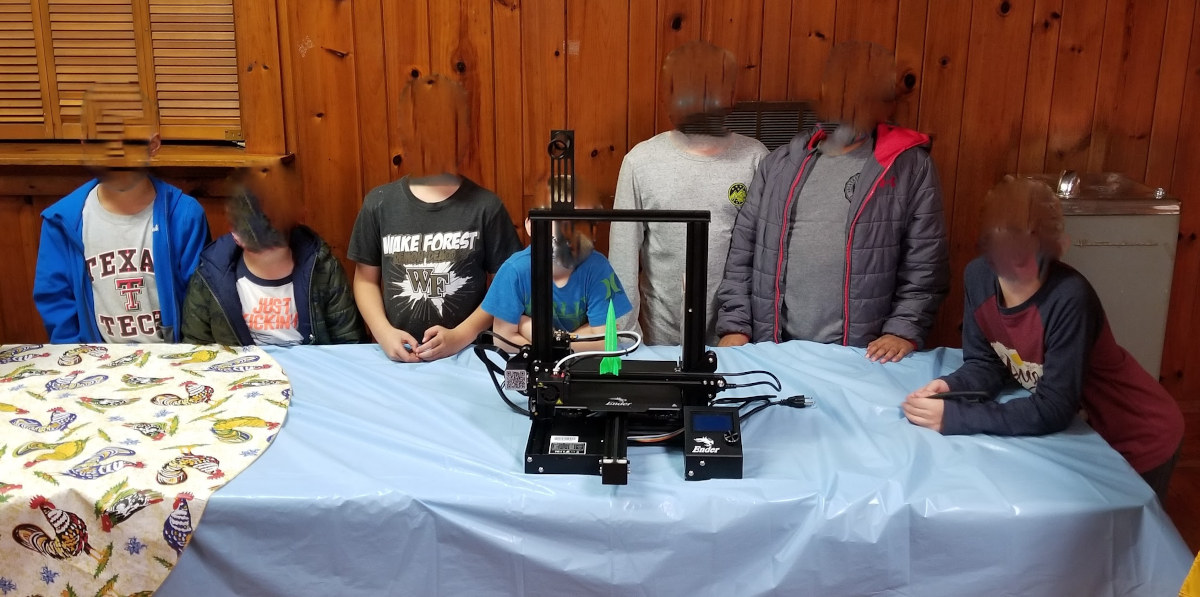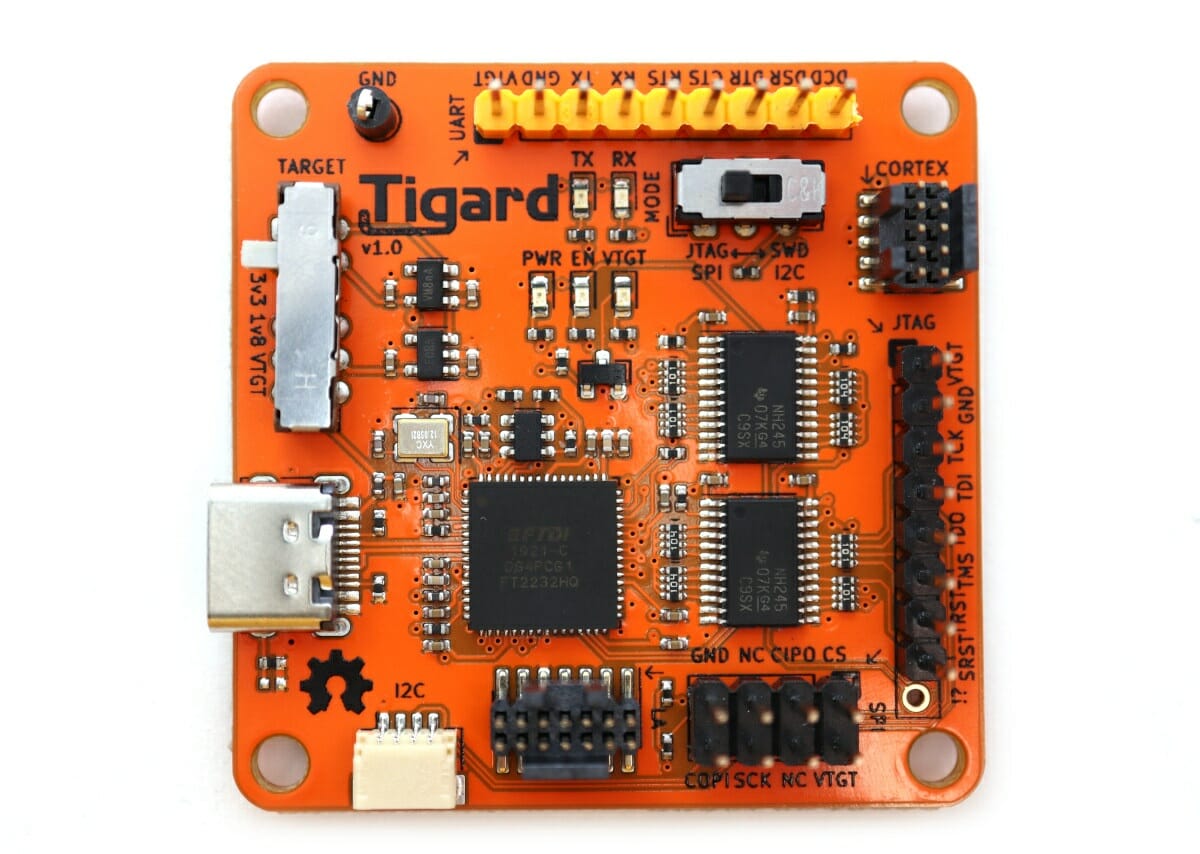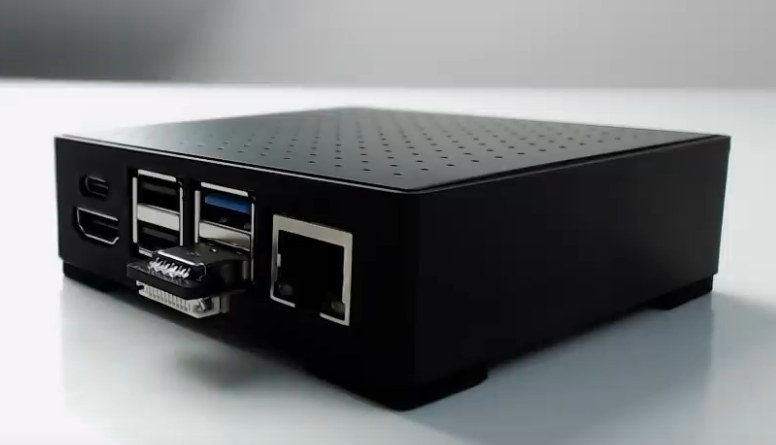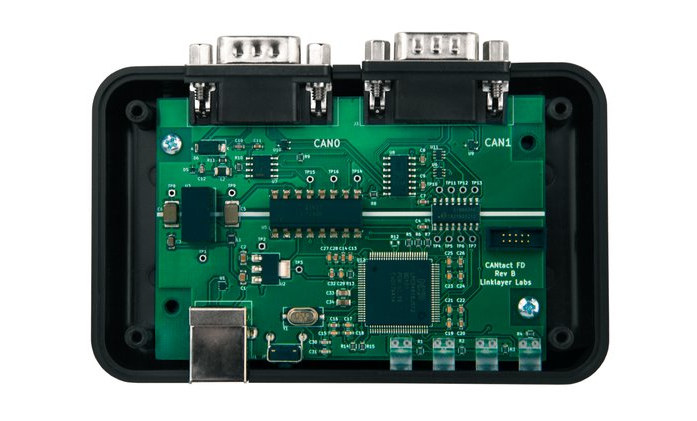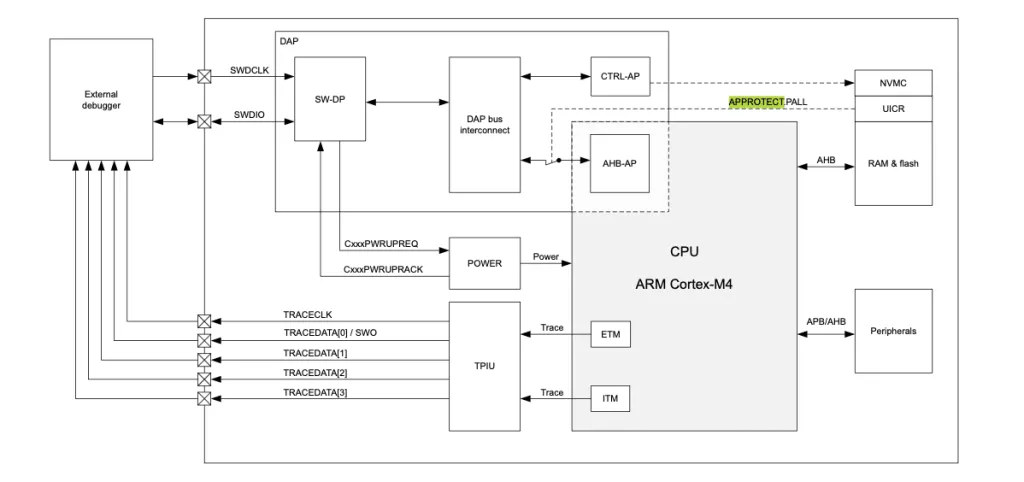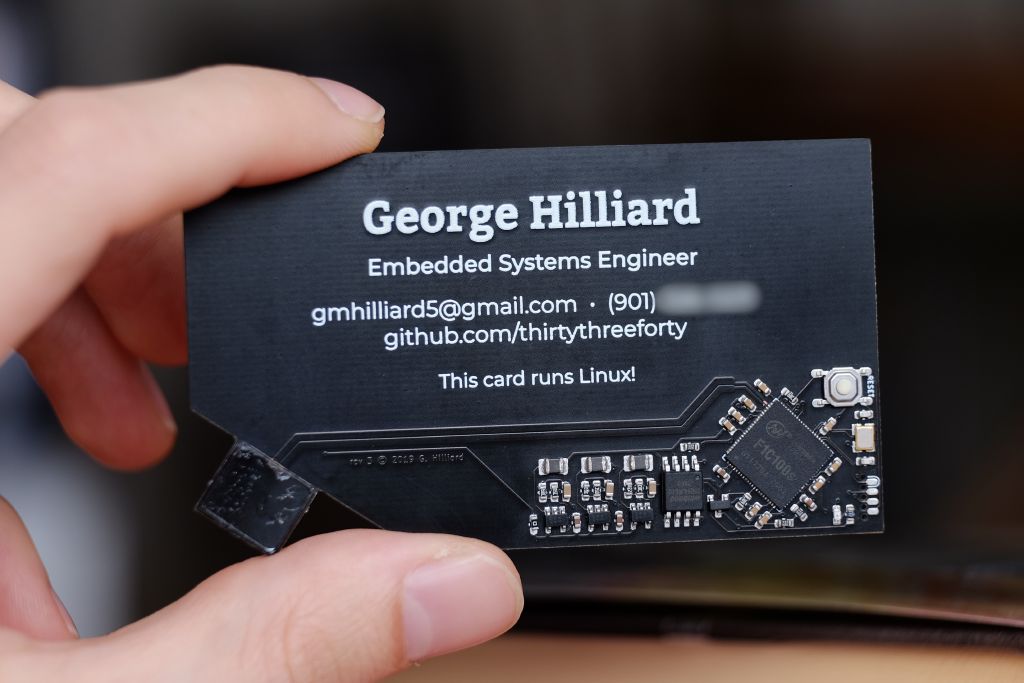The relatively popular Digital Equipment Corporation (DEC) PDP-11 16-bit minicomputers started selling in the 70s, and were still available in the earlier 90s. While being stuck in Europe due to COVID-19 restrictions, Jeroen Domburg (aka Sprite_tm) decided to design a tiny replica of a DEC VT102 PDP-11 terminal based on ESP32 wireless SoC and running 2.11 BSD UNIX through SimH PDP11 emulator. Jeroen had to do significant work to make SimH works on ESP32 however, with notably the need to optimize the memory footprint: Obviously, ‘just port SIMH to an ESP32’ is a bit of a understatement for the effort that was needed. Even while SIMH is a pretty nice program when it comes to not using any unique APIs, it still is a system developed for a full-blown workstation and assumes RAM is cheap and plentiful. In order to get it running on an ESP32 and still have some […]
Ender 3 Pro 3D printer in late 2020 – Build and first prints
Karl here. How does the Ender 3 Pro 3D printer stand up in late 2020? The short answer is pretty well. With just a few minor gripes it is a solid printer. According to All3dp the Ender 3 Pro came out in September 2018. Over 2 years ago. It is the successor to the most popular 3D printer: the Ender 3. I usually don’t do any research so I won’t be influenced by other reviewers but I did in this case so I could see what the differences are between the Ender 3 and Pro versions. It has been upgraded to a Meanwell power supply. Better mainboard layout. Wider extrusion for the bed to ride on, which should make the bed more stable. If you have done any research on 3D printers I would say it is impossible not to have heard about the Ender 3. With its low price, […]
Tigard is an open-source FT2232H board for hardware hacking (Crowdfunding)
There is plenty of cheap 5V or 3.3V USB to TTL debug boards used to access the serial console and/or program boards, but FTDI FT2232H based Tigard open-source hardware board does much more than that as it supports multiple protocols, multiple voltages for hardware hacking & debugging. The developer explains Tigard can be used as a drop-in replacement for dozens of other hardware tools based on FTDI chips and includes native support OpenOCD, FlashROM, and more. Tigard board specifications: Main chip – FTDI FT2232HQ dual high-speed USB to multi-purpose UART/FIFO IC Primary port dedicated to UART including access to all flow control signals Secondary port shared among dedicated headers for SWD, JTAG, SPI, and I²C USB – USB 2.0 Type-C (480 Mbps) port I/Os 9-pin UART header Qwiic I2C connector 8-pin SPI & I2C header 8-pin JTAG header 10-pin Cortex debug header 14-pin logic analyzer (LA) header to observe device-level […]
NODE Mini Server V3 Transforms Raspberry Pi 4 Into a Server or Mini PC
Hardware hacker NODE has had a busy month starting with the announcement of Zero Terminal V3 modular Raspberry Pi Zero W powered handheld PC, and now he’s just showcased NODE Mini Server V3 that transforms a Raspberry Pi 4 into a compact server or mini PC. The project brings all ports to the same side in a similar fashion as Argon One enclosure through the use of custom adapter boards, but also enable easy integration of USB SSD drives, easier access to the MicroSD card socket, and support for fanless or dual-fan cooling. Besides the Raspberry Pi 4 SBC, NODE Mini Server V3 includes the following components: HDMI Micro HDMI Male Component. “Wedge Type” as this HDMI connector on Aliexpress. HDMI Type A Connector (47151-1001) USB Pololu USB 2.0 Type-C Connector Breakout USB-C Male Plug Breakout Board Male USB 3.0 Plug (692112030100) Female USB 3.0 Connector (48405-0003) Storage USB3 to […]
CANTact Pro Open-source USB to CAN Device Enables Car Hacking (Crowdfunding)
The Controller Area Network (CAN) serial communication bus allows microcontrollers and devices to communicate with each other without a host computer. It’s especially used in automotive applications where various components (dashboard, ABS, air conditioner, and other sensors) may need to communicate with each other, but it has also found its way into robots, industrial control systems, and avionics. CANTact Pro is an open-source USB to CAN device that can help you debugging or hack components inside a car or other vehicle. The tool features two CAN Interfaces and can be controlled from Windows, Linux, or Mac OS computers. CANTact Pro key features and specifications: CAN Interfaces – 1x CAN/CAN-FD/SWCAN (Single Wire CAN), 1x CAN/CAN-FD; Both via DB9 connectors Host Interface – USB 2.0 device port Misc – 4x LEDs Safety – Isolation between CAN and USB Power Supply – 5V via USB port CANTact Pro works with Windows, macOS, and […]
Nordic Semi nRF52 WiSoCs are Susceptible to Debug Resurrection using APProtect Bypass
Nordic Semi nRF52 are popular wireless Cortex-M4 SoCs with Bluetooth 5.0 and 802.15.4 radios. APProtect (Access Port Protection) is a new security feature of nRF52 MCUs designed to enable readback protection and disable the debug interface. This is supposed to prevent an attacker to obtain a copy of the firmware that would allow him/her to start the reverse engineering process or access some sensitive data such as keys and passwords. It’s all good, except “LimitedResults” managed to bypass APProtect and permanently resurrect the debug interface on nRF52840-DK and a Bluetooth mouse. This requires physical access to the hardware and relies on a fault injection technique. The APProtect background and hacking technique are all explained in detail on LimitedResults blog post, but basically he first had to remove some capacitors and use a low-cost homemade voltage glitching system combines with an oscilloscope to try to locate a particular pattern into the […]
This Business Card is a $3 Linux Computer Powered by Allwinner F1C100s SoC
The smallest, thinnest Linux computer There are many business card-sized SBCs, like RPi 4. But George Hillard, an embedded systems engineer decided it would be interesting to build an actual business card that was a computer. His card runs Linux and houses an Allwinner F1C100s carrying an ARM9 processor with 32MB RAM and 8MB flash storage. The Basics It holds some of his photos, a copy of his resume and a couple of games, which is pretty good for something like a business card. There is a USB port off one corner, and the unit can connect to a computer and boot up in about 6 seconds and shows up under USB as a flash drive. But that piggybacked computer-attached display is really the only type of display the card can manage. The Shell and Linux Version The shell has the games, including a version of 2048, and a small […]
Some Tesla EV’s Control Screens Went Dark as Excessive Logging killed the eMMC Flash
Despite wear-leveling techniques, eMMC flash memories tend to wear out over time as they have limited write cycles. So we’ve seen in the past the importance of wear estimation in eMMC flash chips, and methods to limit write operation such as disabling logging when possible or write the log to RAM with log2ram in order to extend the life of flash-based storage devices. My Xiaomi A1 smartphone basically became unusable after a little over a year due to eMMC flash issues, but that was not that big of an issue since I could just get another phone and the most important data is saved in the cloud nowadays. That’s one thing when it happens to a phone, and another when it happens to your car, as some Tesla S & X owners realized when they lost access to the control screen in the car because the eMMC flash was worn […]


